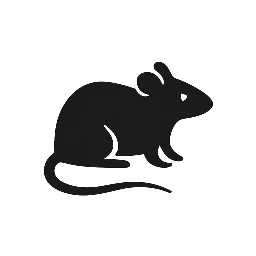Cage Setup
Set Up the Perfect Cage
A rat needs a minimum of 2.5 cubic feet of space for one rat, with an additional 2 cubic feet for each additional rat. For example, a cage for two rats should be at least 4.5 cubic feet. However, more space is always preferable to allow for roaming and climbing.
Critter Nation

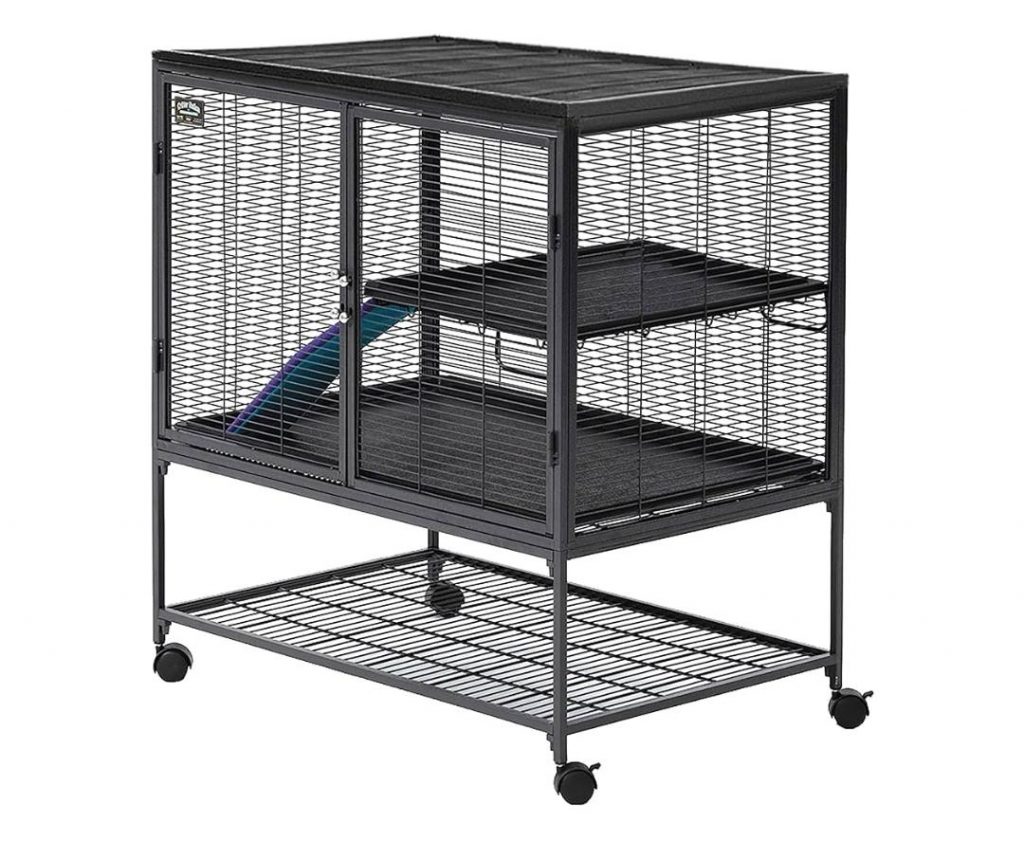
There are single versions that house 5-6 rats and double versions that house up to 12 rats. Add on units are also available
Bin Cage
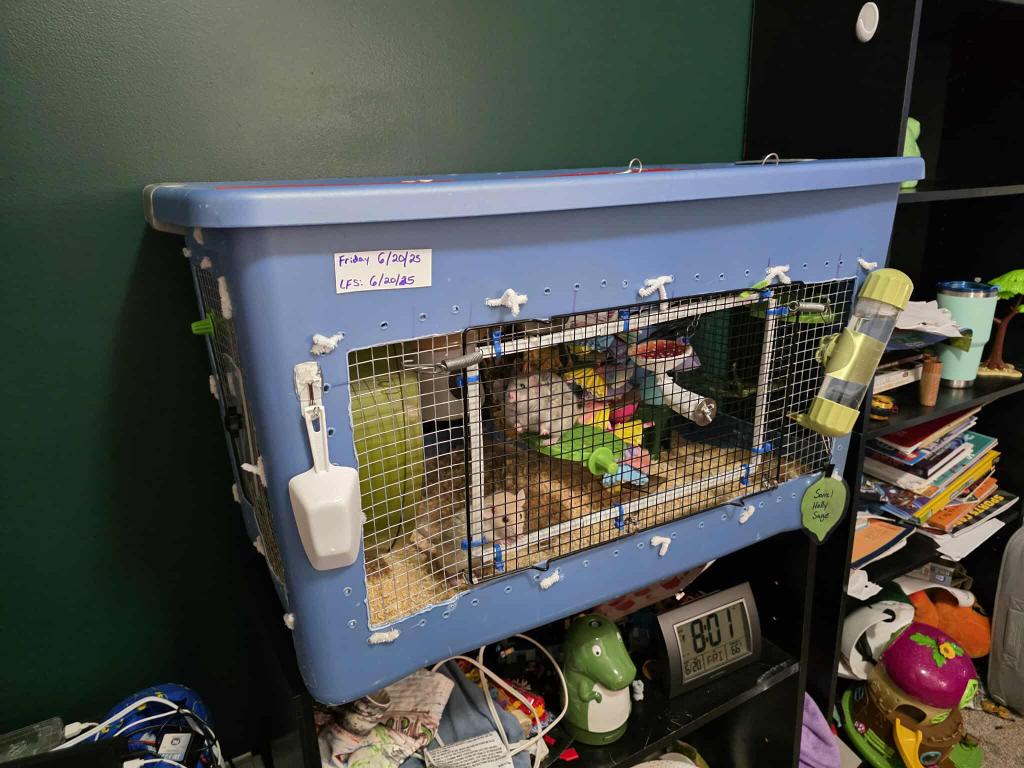

A DIY bin cage for rats involves modifying a plastic storage bin to provide a safe and spacious enclosure. This typically involves cutting out sections of the bin to create ventilation openings and covering them with hardware cloth to prevent escapes and injuries.
Stimulating environments

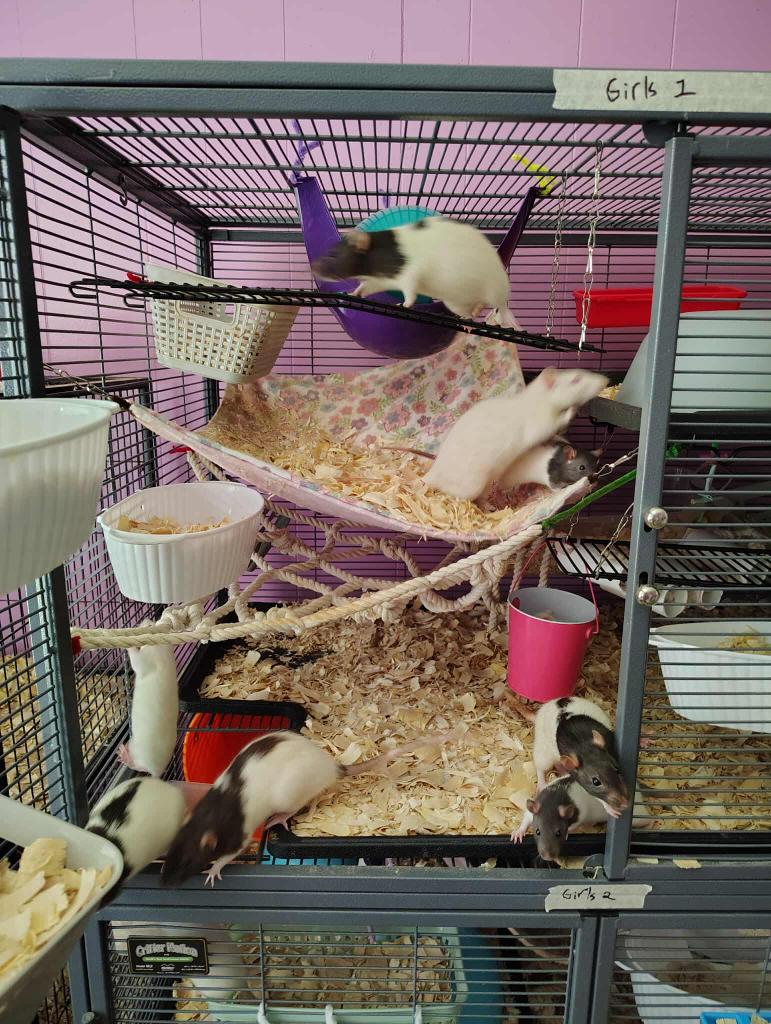
Enrichment can be achieved through providing a variety of toys and activities that encourage natural behaviours like foraging, climbing, and chewing. This can include dig boxes, tunnels, chew toys, foraging toys, and multiple levels in their cage
-
Dig boxes: Fill a container with a safe substrate like cocopeat or shredded paper and hide treats within.
-
Foraging toys: Use puzzle feeders, hanging wiffle balls, or DIY toys like cardboard tubes stuffed with treats to encourage rats to search for food.
-
Shredding materials: Provide plenty of safe materials like shredded paper, tissues, or cardboard for rats to shred and nest with.
-
Climbing and Exploration: Multi-level cages: Rats enjoy climbing, so provide platforms, shelves, and ladders within their cage.
-
Tunnels and tubes: Rats naturally burrow and hide, so offer tunnels, tubes, and even cardboard boxes with holes for exploration.
-
Climbing toys: Rope toys, lava ledges, and other climbing structures provide opportunities for physical activity.
-
Chewing and Gnawing: Safe wood chews: Offer branches from pesticide-free trees, parrot toys, or wooden chews designed for rats.
-
Cardboard and paper: Rats love to chew, so provide cardboard boxes, toilet paper tubes, and other safe paper products
-
Interactive toys: Engage rats with toys they can carry, push, or manipulate.
-
Hide and seek: Hide treats or toys in different locations within their cage for them to find. Change things up: Rotate toys and accessories regularly to keep things interesting for your rats.
Free Roam
Free roam is crucial for pet rats because it allows them to engage in natural behaviors, exercise, and explore, which are vital for their physical and mental well-being. It helps prevent boredom, promotes interaction with their environment and owners, and contributes to a happier, healthier life.
Important Considerations
-
Safety: Ensure all materials are non-toxic and safe for rats to chew on.
-
Hygiene: Regularly clean and replace soiled materials.
-
Supervision: Supervise free-roam time outside the cage, especially when introducing new enrichment items.
More Cage Pictures for Inspiration
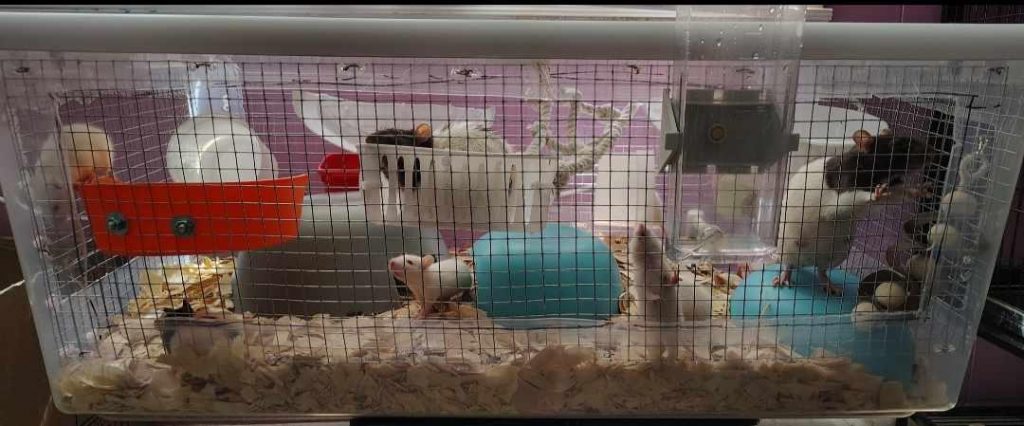
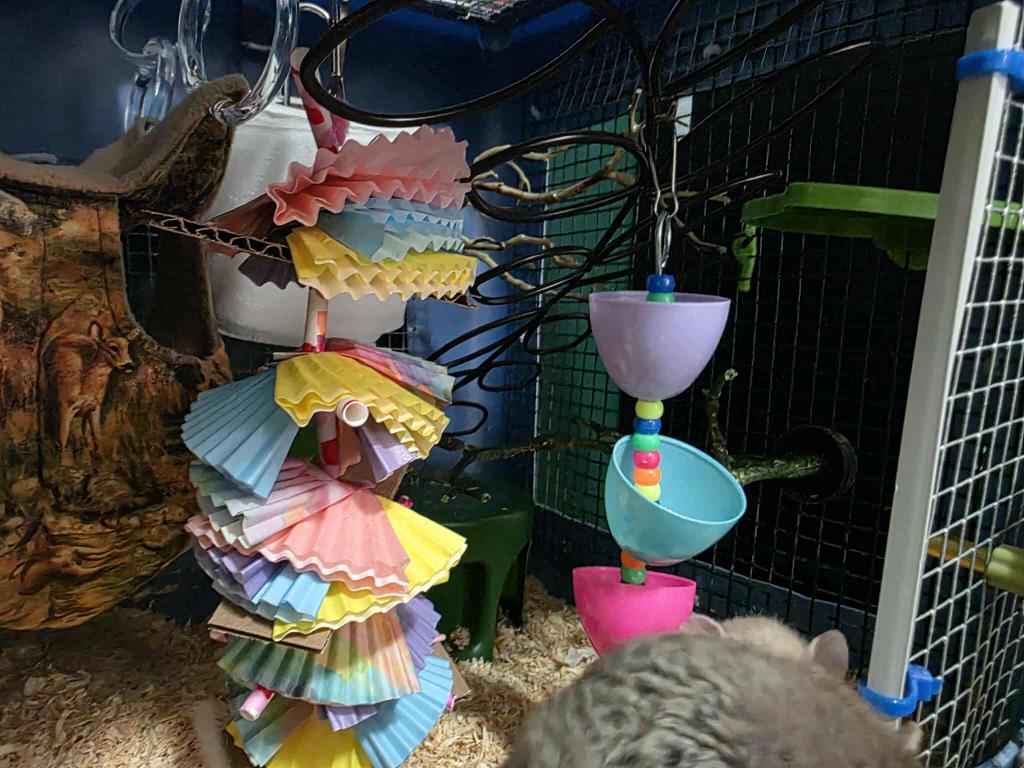

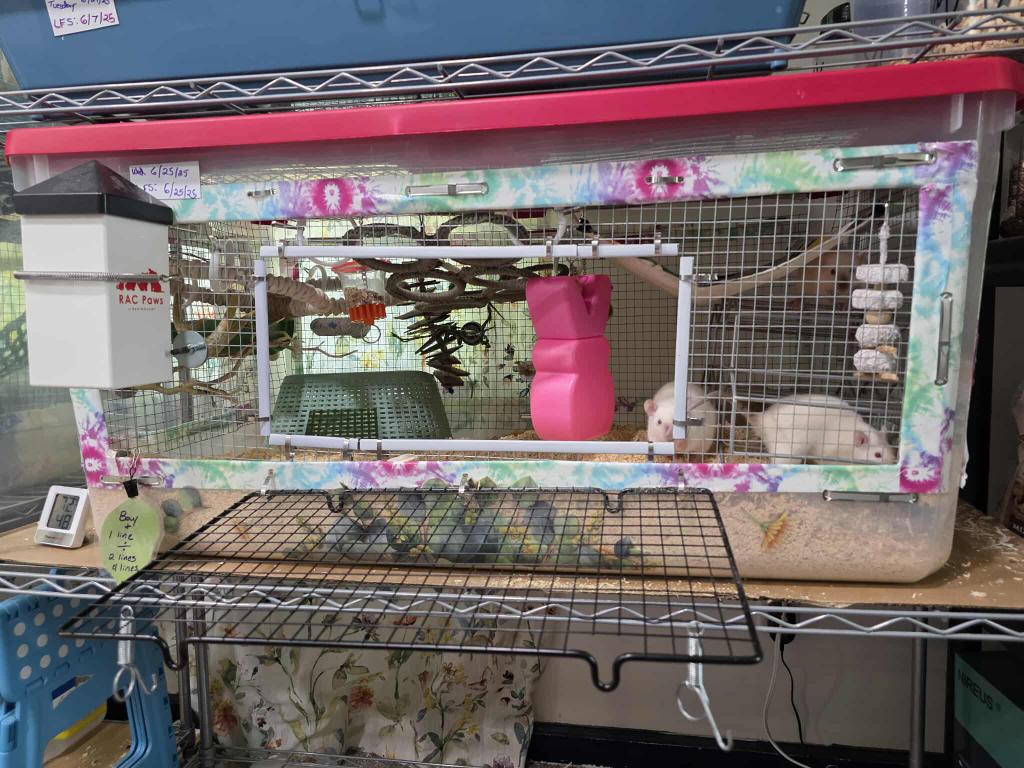
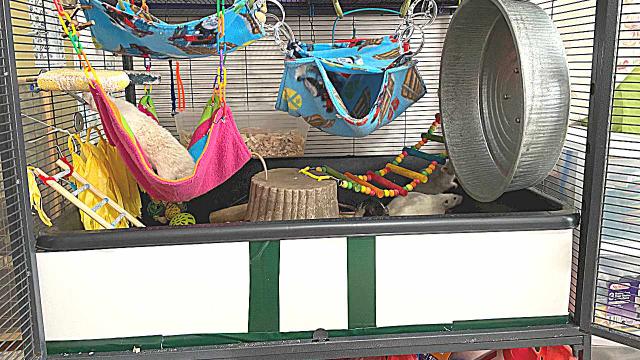

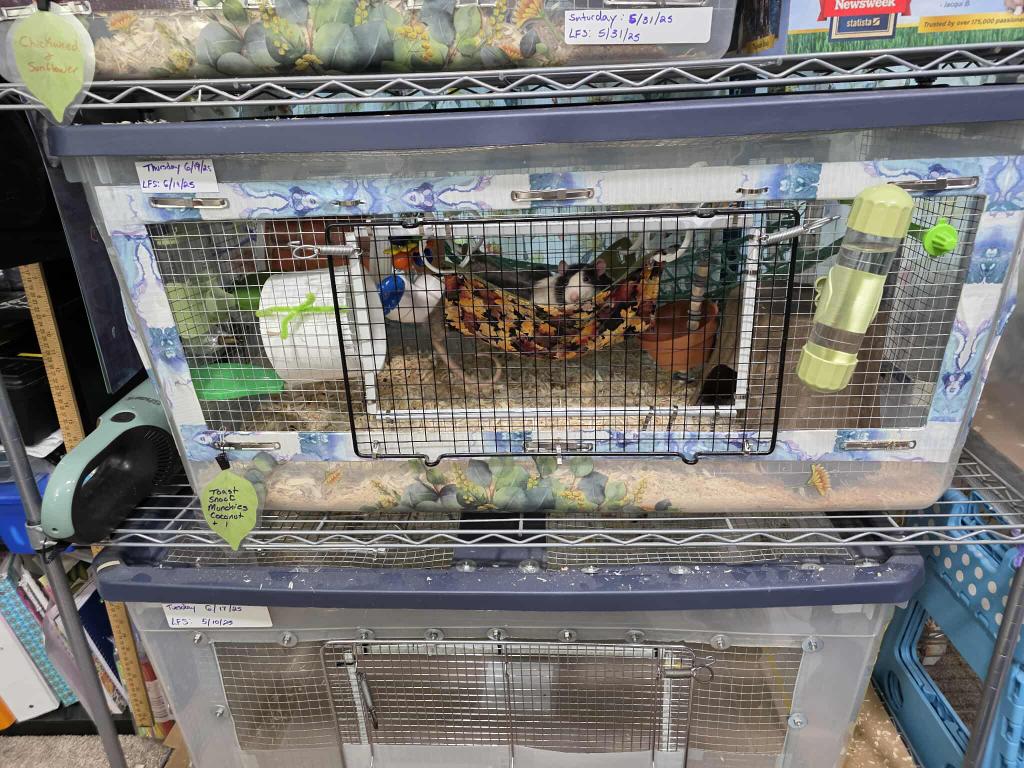

![]()
